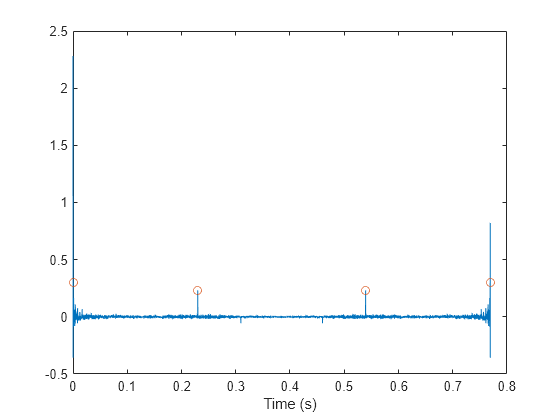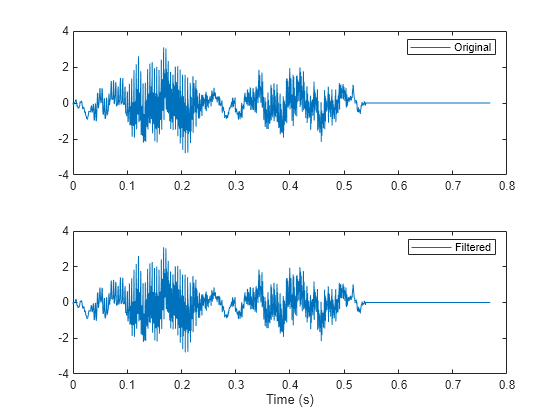rceps
Real cepstrum and minimum-phase reconstruction
Syntax
Description
Examples
Input Arguments
Output Arguments
Algorithms
The real cepstrum is the inverse Fourier transform of the real logarithm of the magnitude of the Fourier transform of a sequence.
Note
rceps only works on real data.
rceps is an implementation of algorithm 7.2 in [2], that is,
y = real(ifft(log(abs(fft(x)))));
Appropriate windowing in the cepstral domain forms the reconstructed minimum-phase signal:
w = [1;2*ones(n/2-1,1);ones(1-rem(n,2),1);zeros(n/2-1,1)]; ym = real(ifft(exp(fft(w.*y))));
References
[1] Oppenheim, Alan V., and Ronald W. Schafer. Digital Signal Processing, Englewood Cliffs, NJ, Prentice-Hall, 1975.
[2] Programs for Digital Signal Processing, IEEE Press, New York, 1979.
Extended Capabilities
Version History
Introduced before R2006a


